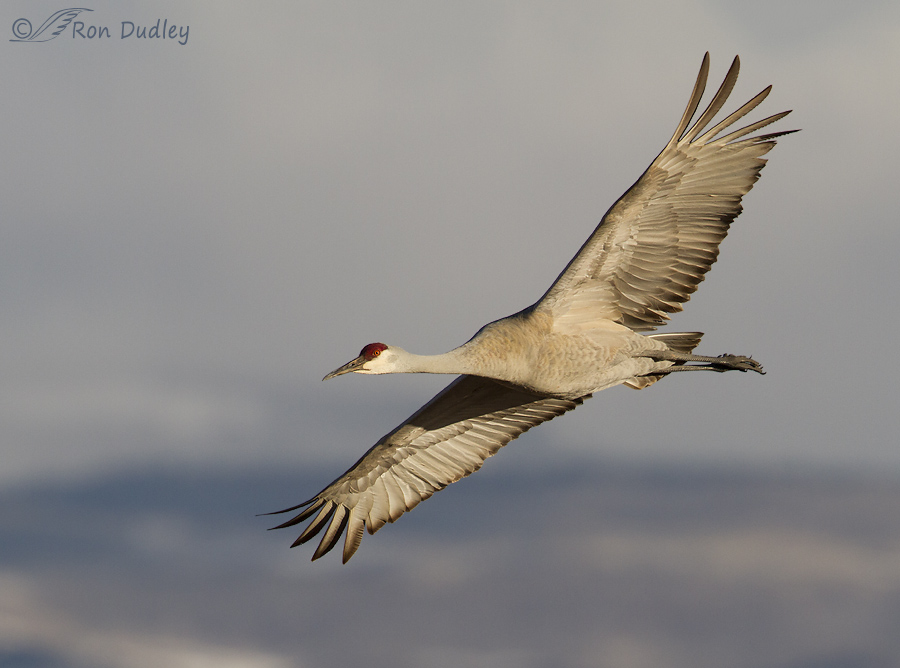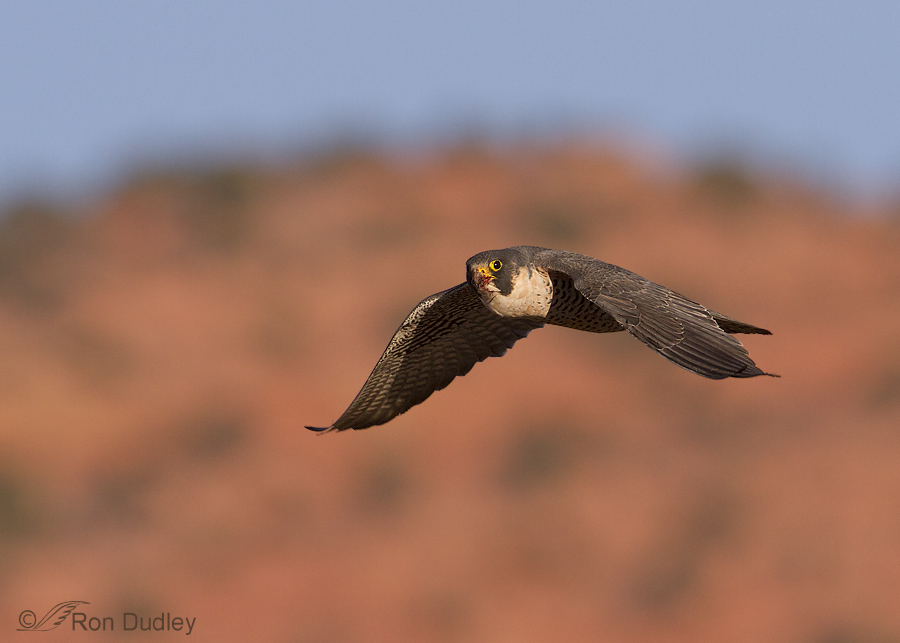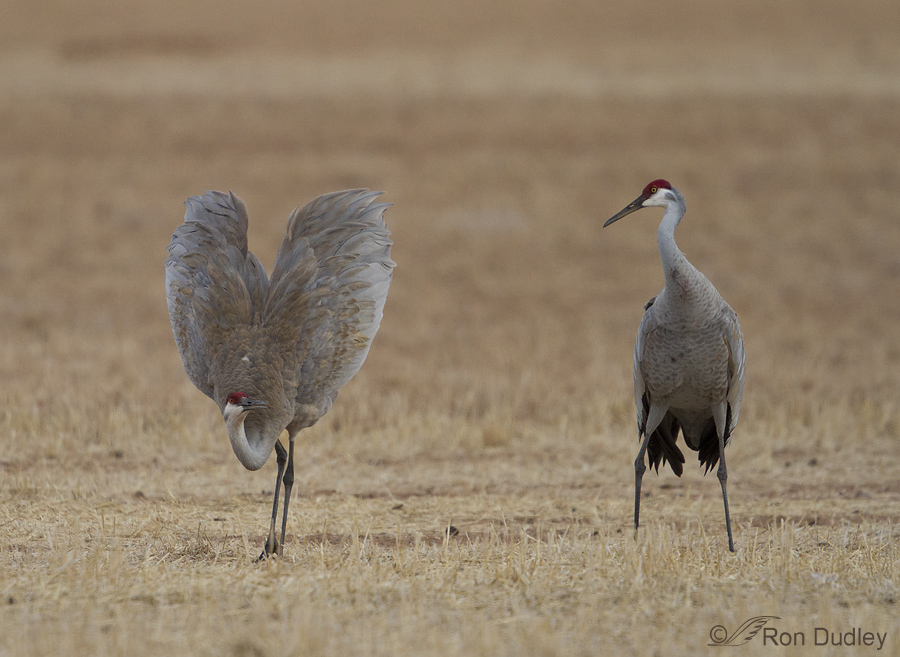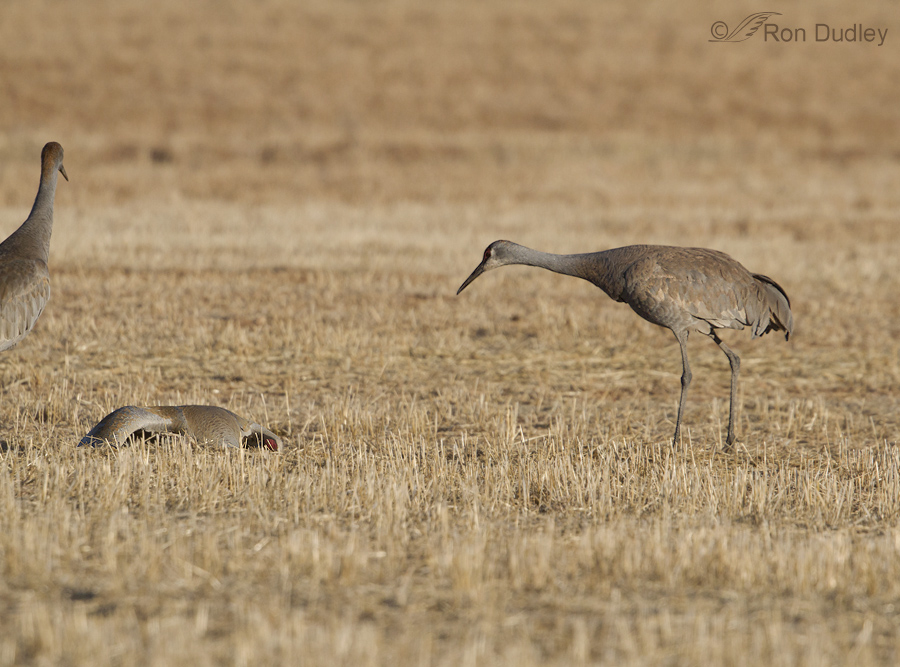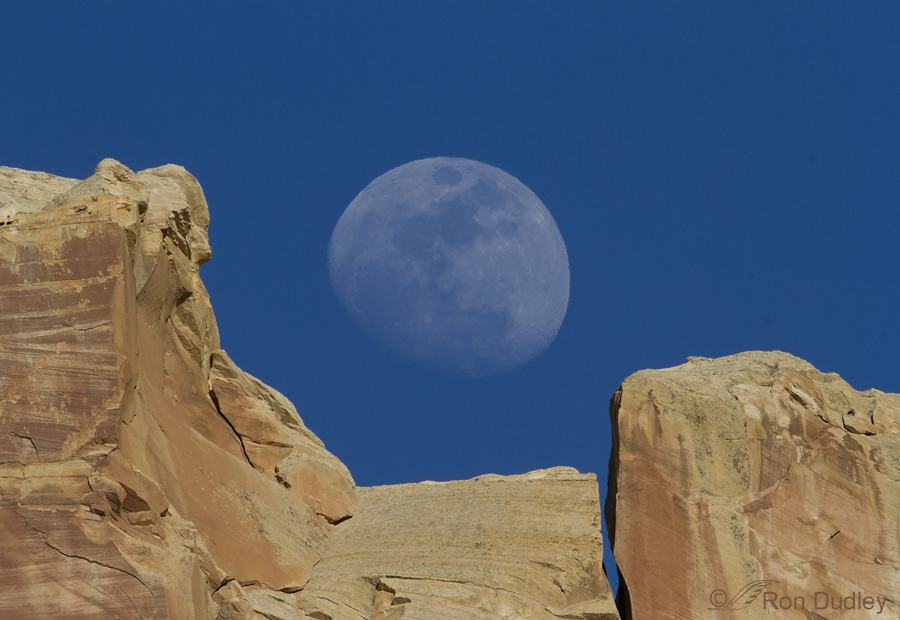I spent most of last week at Red Rock Lakes National Wildlife Refuge in southwest Montana. Regular readers of this blog know that it’s’ one of my favorite places on earth. On this trip we didn’t have as much luck with raptors as we usually do at Red Rock but we still had a nice variety of birds, mostly good weather and we experienced some breathtaking scenery and blessed solitude. Overall, a wonderful experience. 1/3200, f.6.3, ISO 640, 500 f/4, 1.4 tc Mountain Bluebirds are common this time of year so I’ll begin with a few of them. The blues of the males are very intense and hard for the photographer to resist. It’s difficult to catch them on a natural perch but most of the fence posts in the area are old and rustic which I like. 1/2000, f.7.1, ISO 500, 500 f/4, 1.4 tc I’m pretty sure this male was attempting to expel a pellet (rather than yawning) although it didn’t succeed before it flew off. 1/3200, f.7.1, ISO 800, 500 f/4 The female Mountain Bluebirds have less dramatic colors and their beauty is more subtle. I caught this one hovering in front of her nest. It’s been a traumatic spring for these bluebirds. On Memorial Day a big storm dumped 15″ of snow resulting in an 85% mortality of bluebird chicks at the refuge. They’re now trying again and have renested. 1/1600, f.6.3, ISO 500, 500 f/4, 1.4 tc Another male in the middle of a shake. I just liked the ruffled feathers combined…
Continue reading
